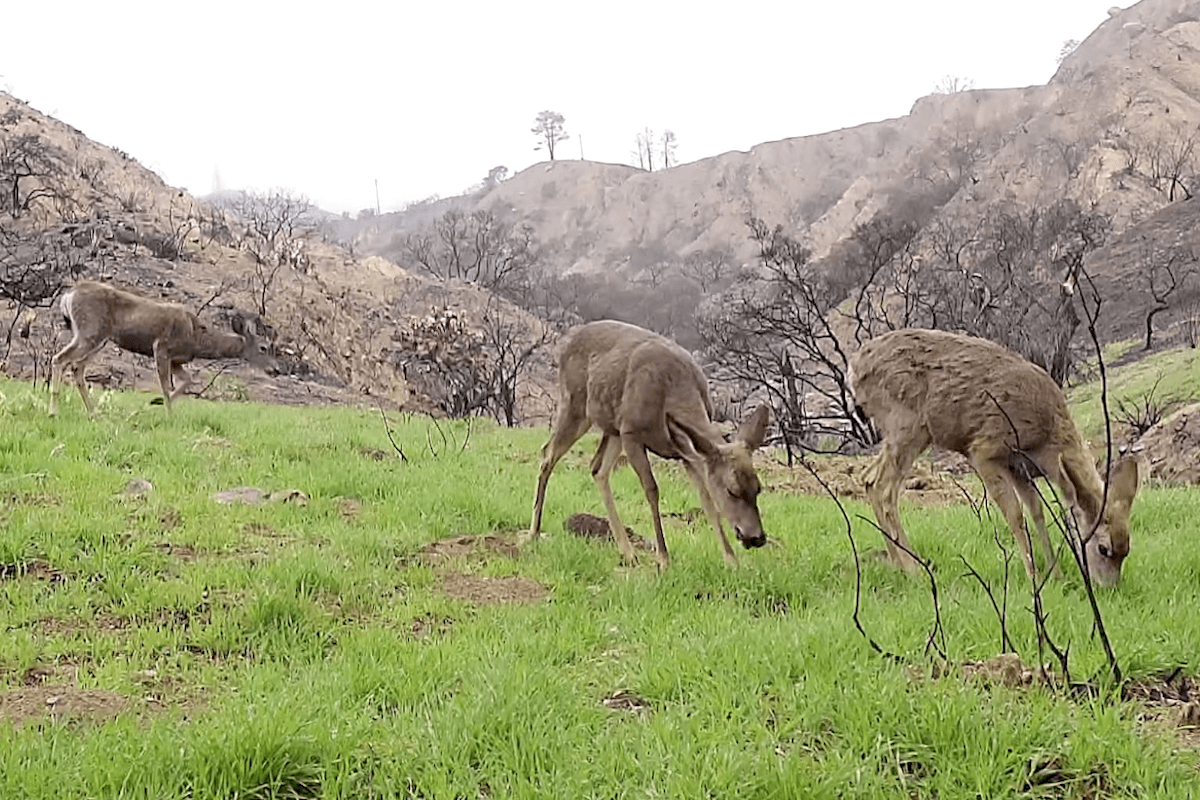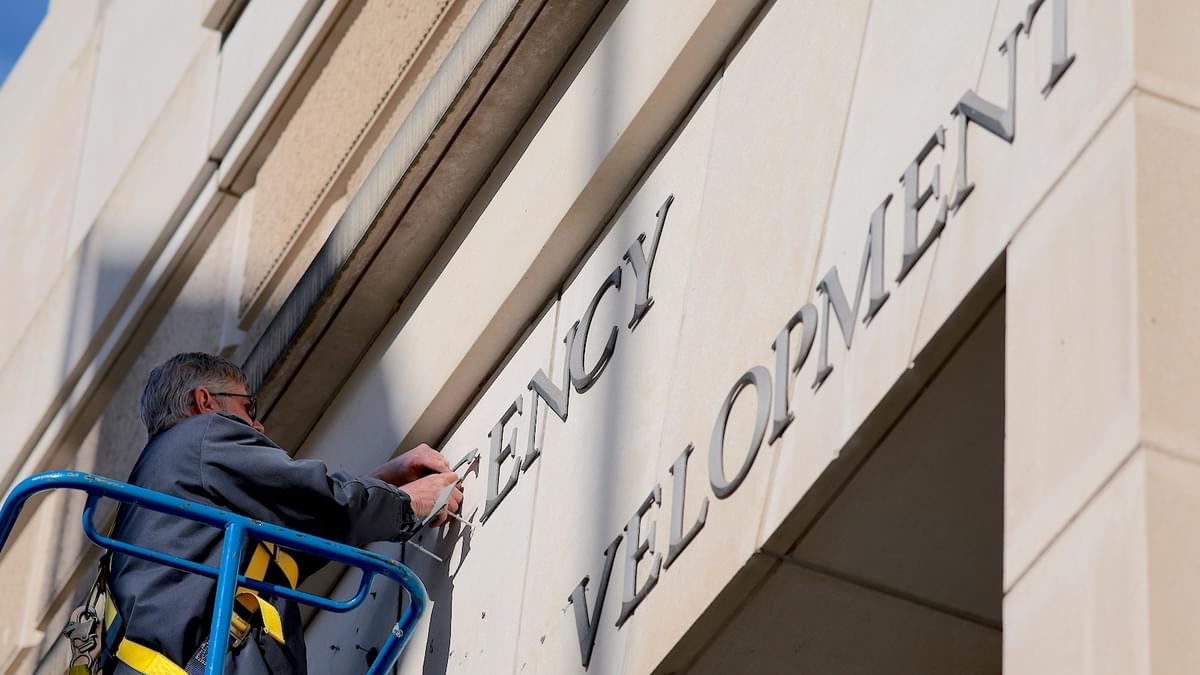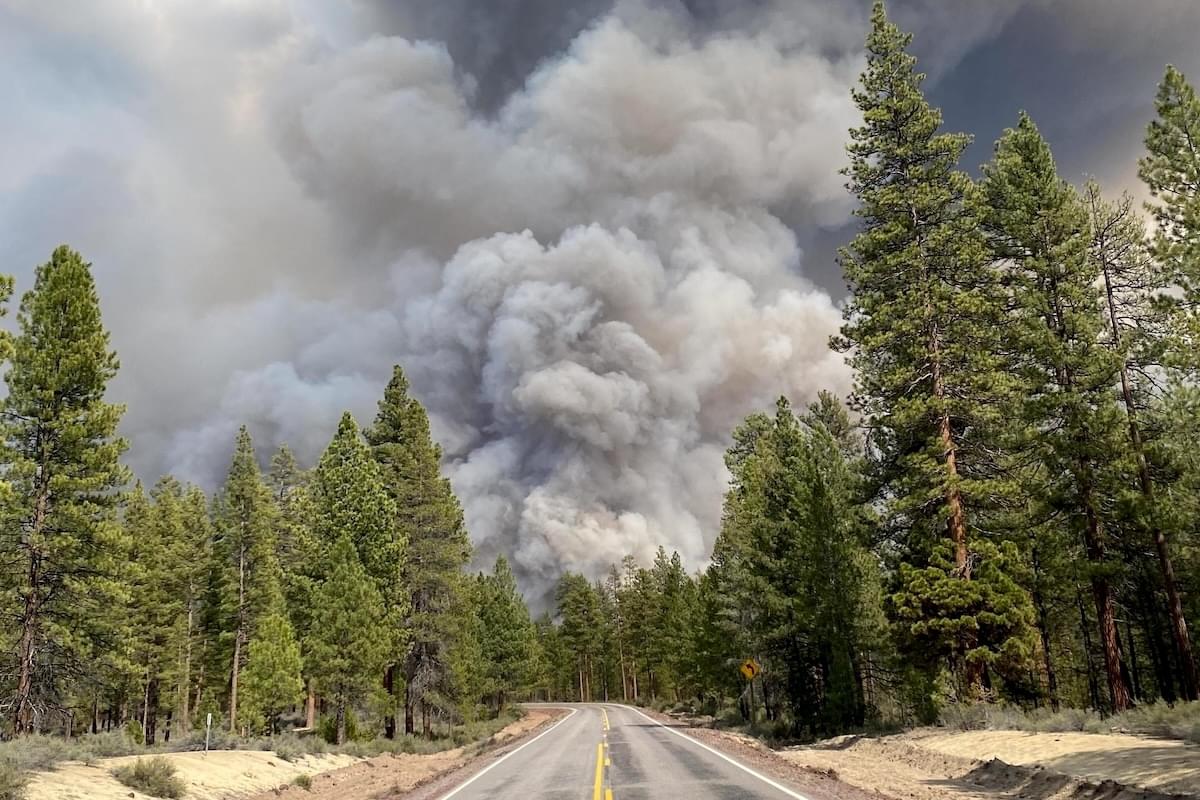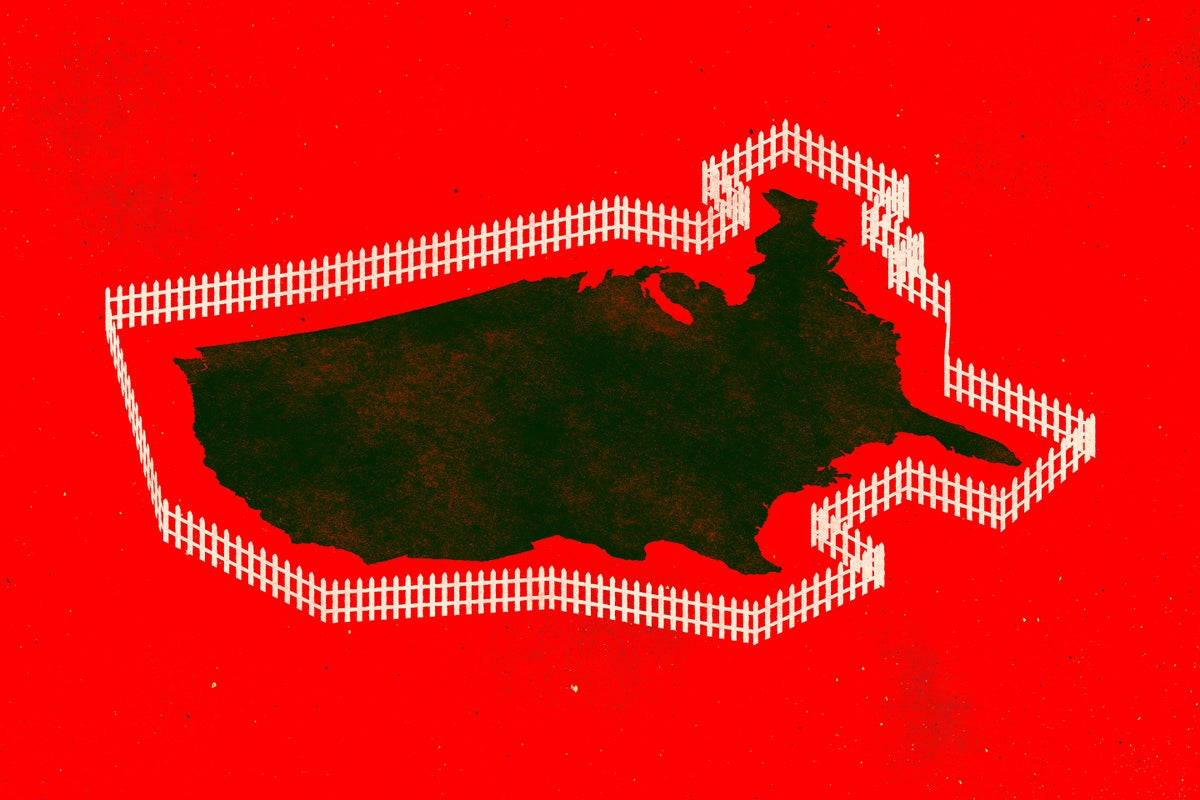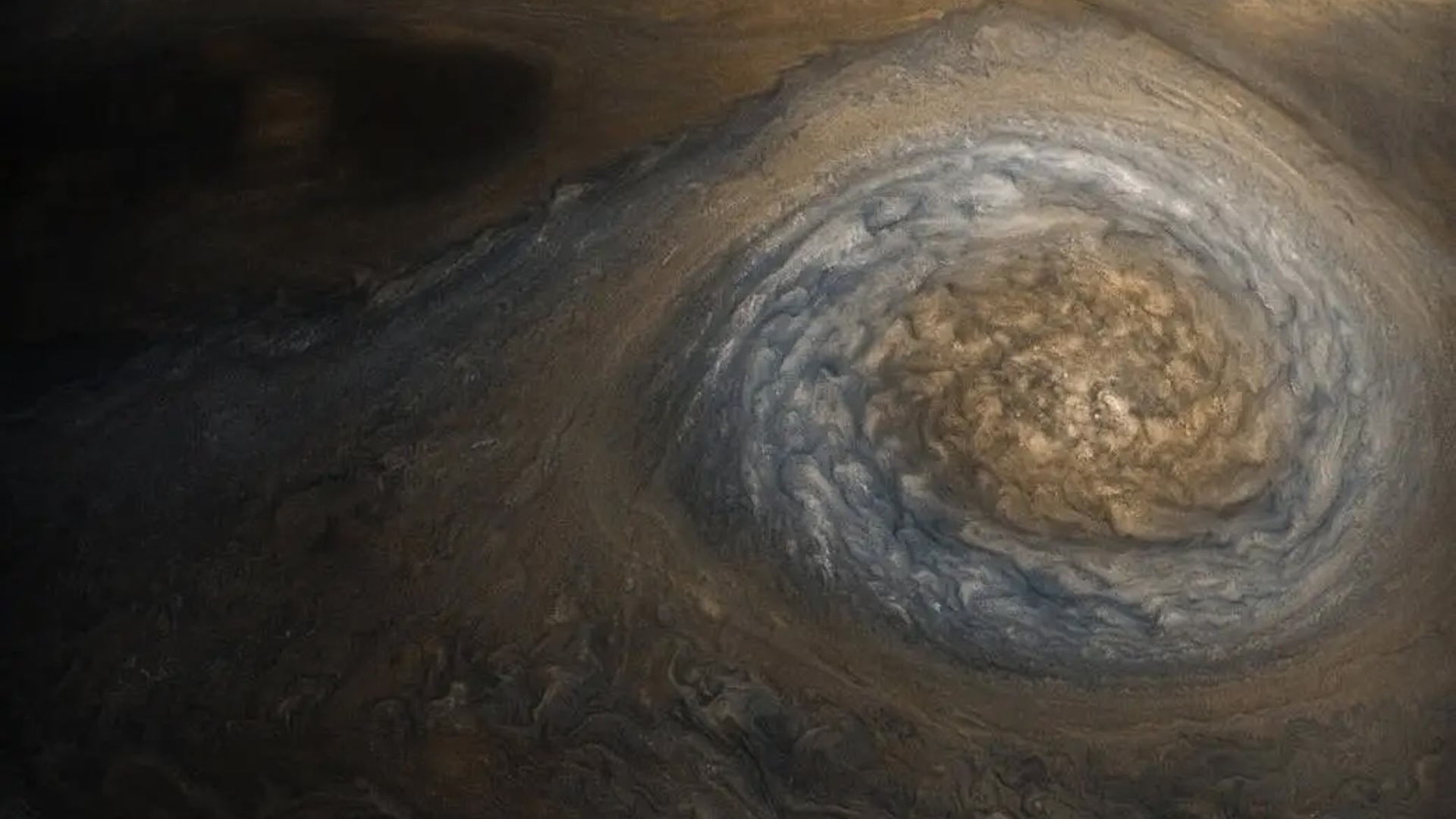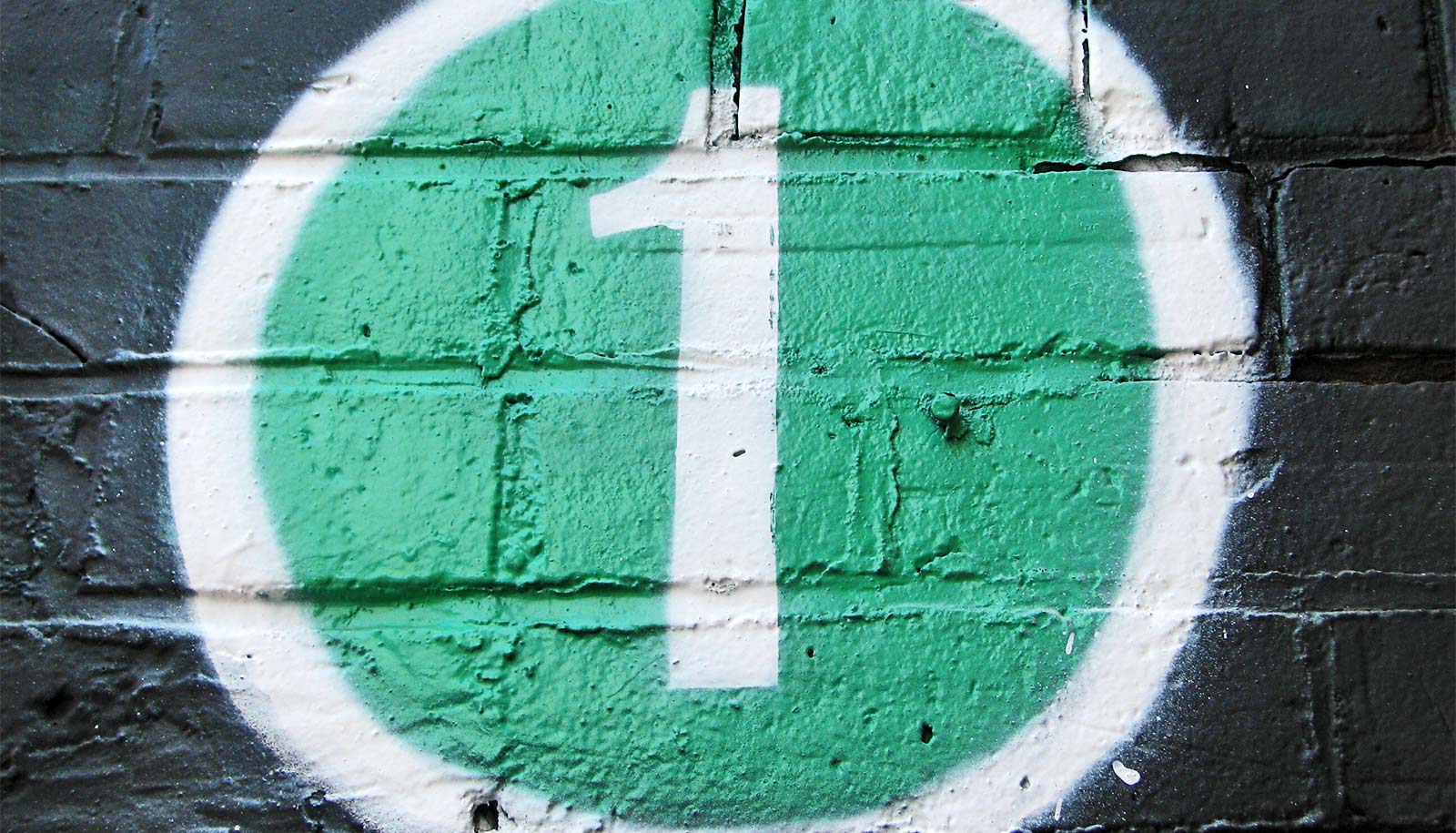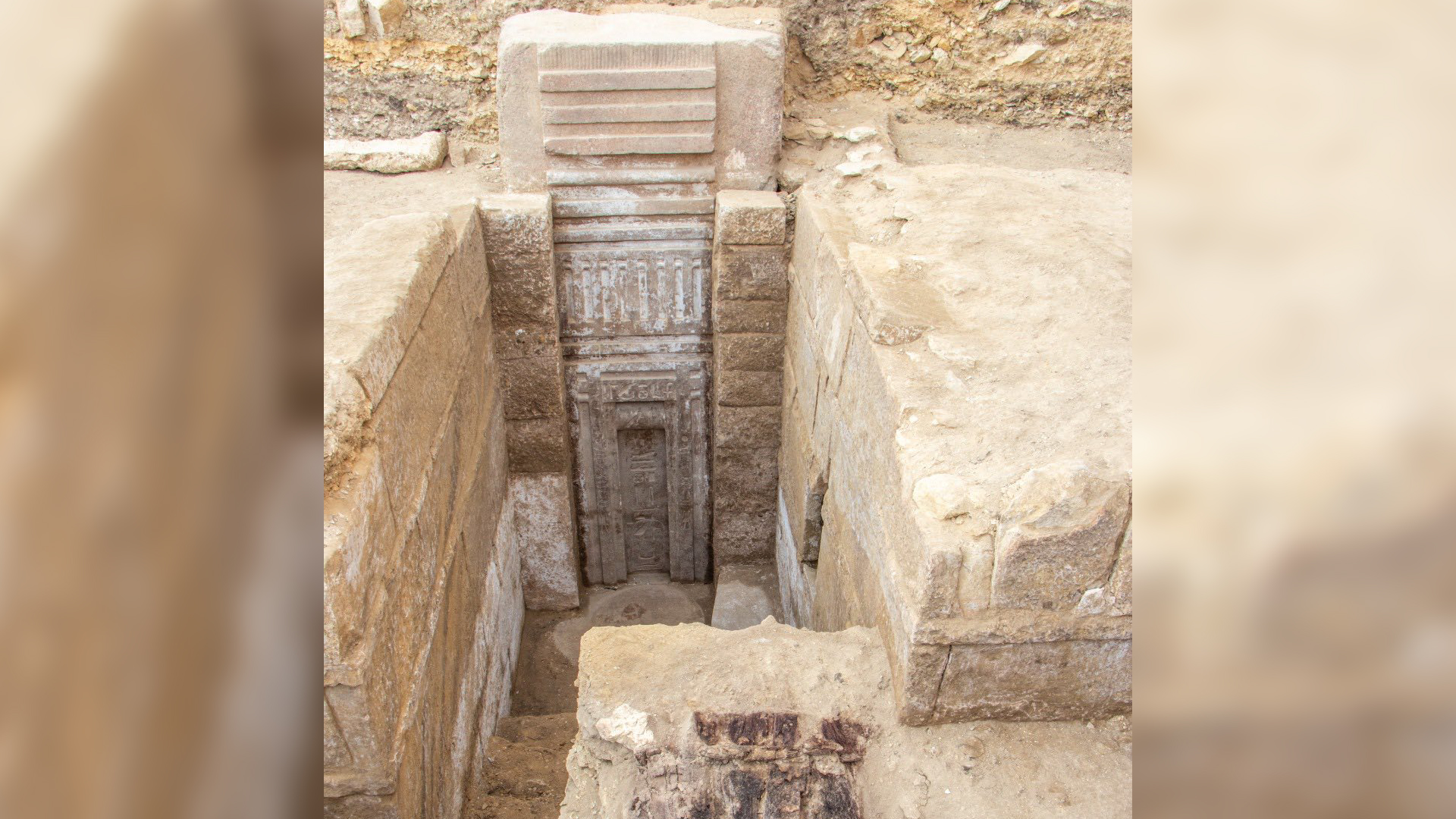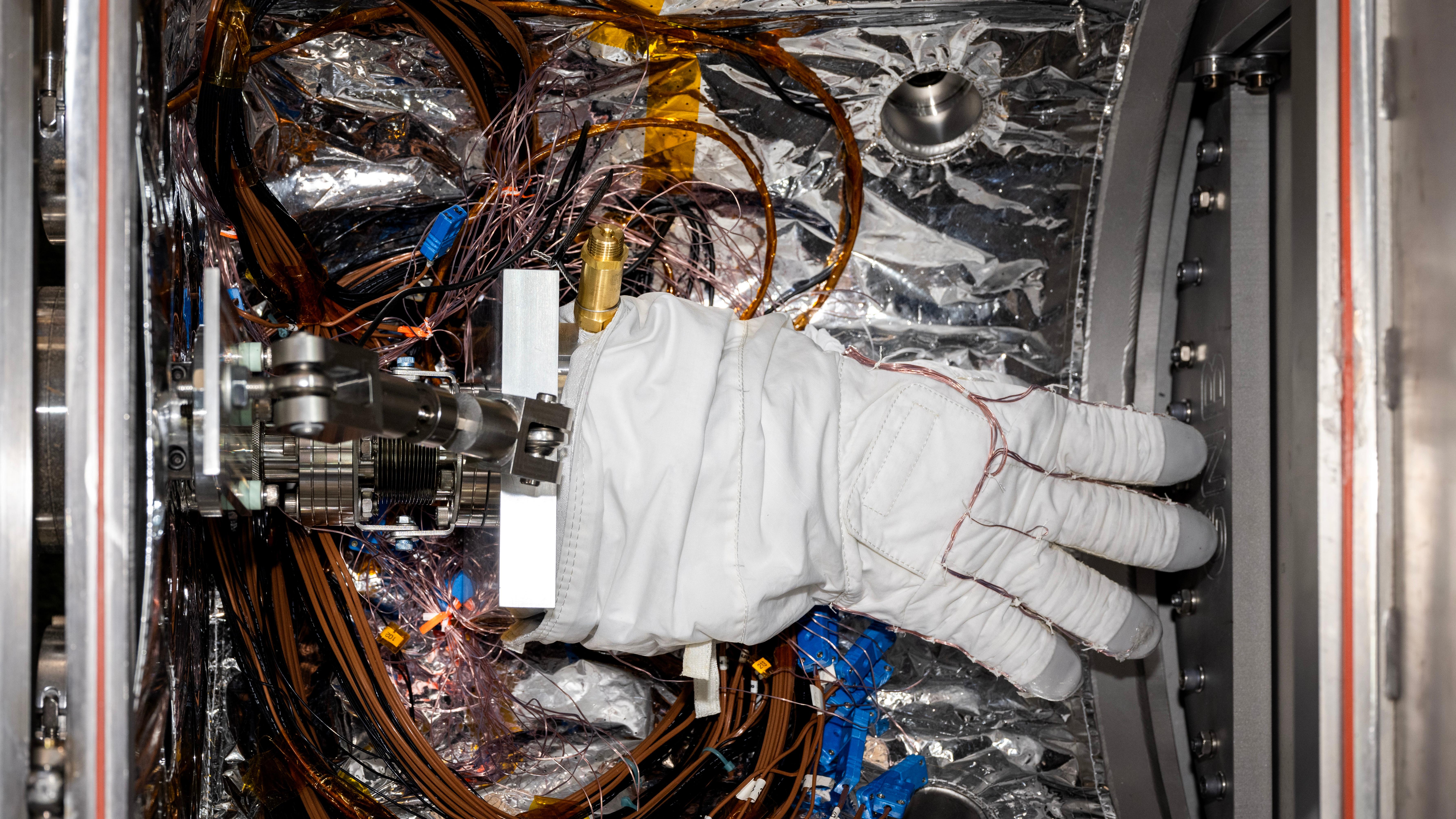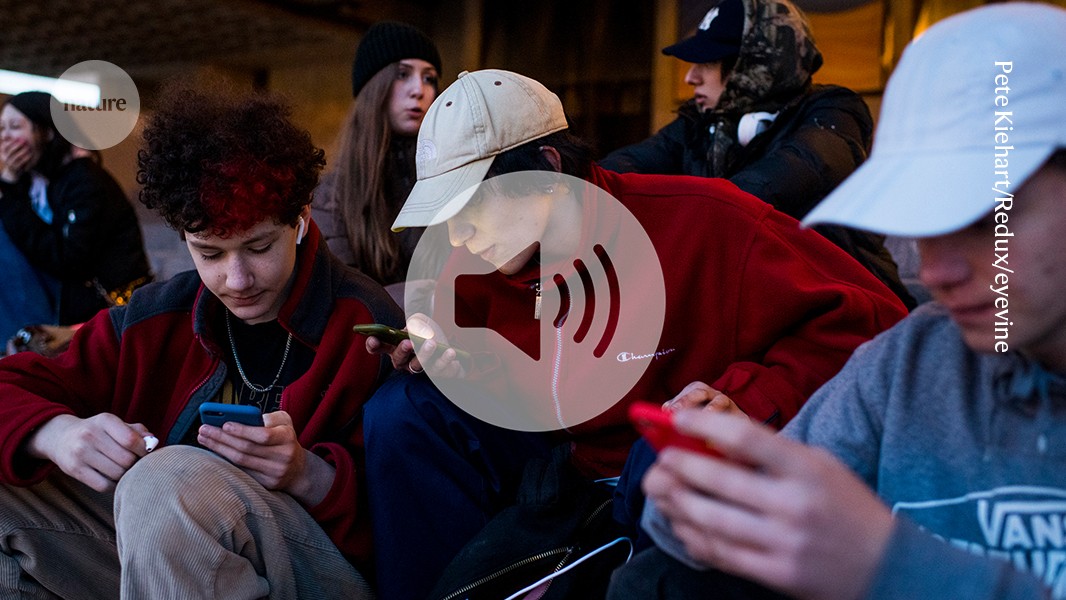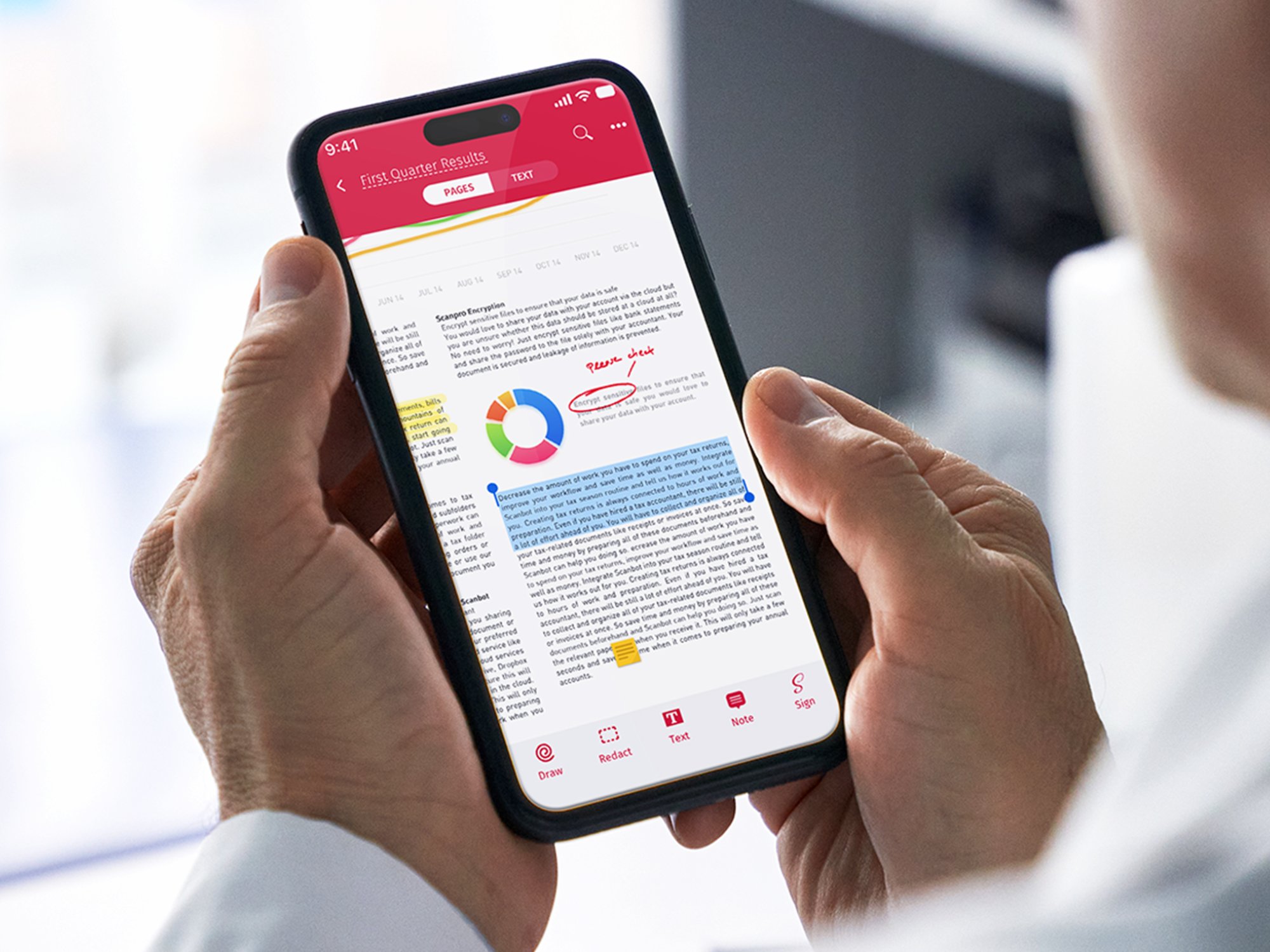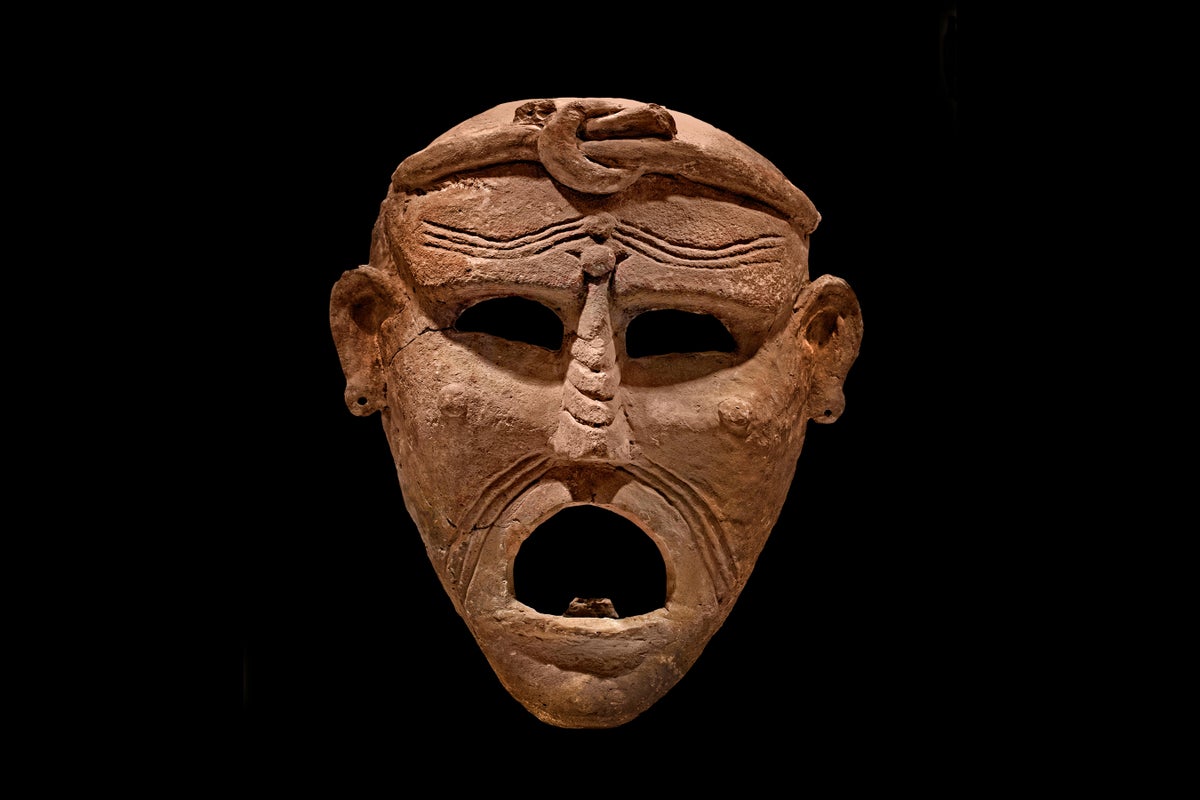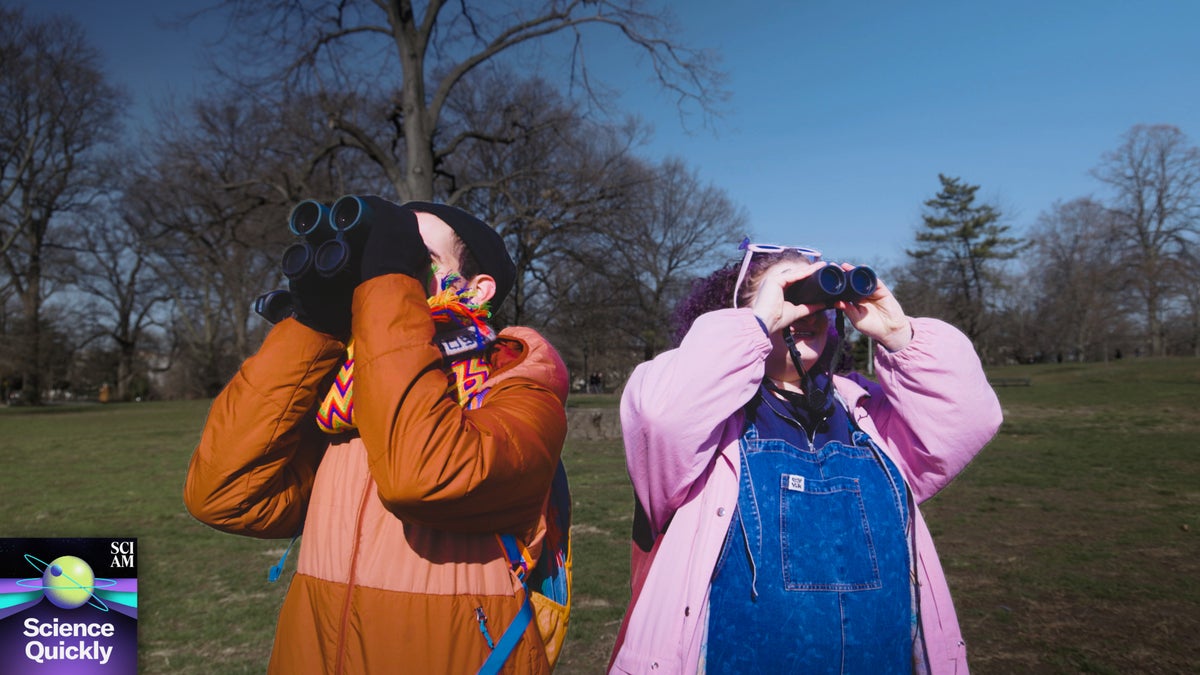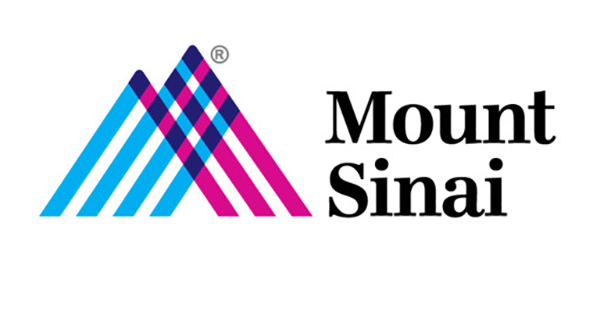The National Archives needs your help transcribing UFO and JFK files
If you can type, you can turn these scanned history documents into text. The post The National Archives needs your help transcribing UFO and JFK files appeared first on Popular Science.

I just spent an hour reading and typing out the journal of a man who claimed to see a UFO over Kentucky back in 1969. He clarified, many times, that he hadn’t had anything to drink that day. All in a day’s work for a citizen archivist.
You can dive in too, if you want—the Unidentified Aerial Phenomena (UAP) Records are one of the many Citizen Archivist Missions anyone with a keyboard, some free time and the inclination to contribute can help out with. Other notable projects include the JFK Assassination Records and Consular Records dating between 1872 and 1917. It’s a potentially fascinating—and certainly helpful—way to kill a few hours.
We’ve talked about citizen science projects you can do at home and how you can help out The National Archive by reading cursive. It turns out the National Archive has a bunch of what it calls Citizen Archivist Missions going right now. To get started all you need is a Login.gov account (if you’re American there’s a good chance you already have one). After that it’s recommended that you watch this YouTube video to get a feel for the process before diving in.
You can choose a mission, then choose a document you want to work on. After that you’ll see a list of documents—choose whatever looks interesting or just click something.
You will see the first page of the document and a panel to the right with other pages. At the top of the page you can see if there is a transcription for the page already—the word “Available” means someone has already made a transcription and the word “Not Started” means that no one has yet.

You are free to look at, and even edit, existing transcriptions. The real fun, though, is transcribing fresh pages. To find one, click “Show Details” in the top-right corner, then click the “List” view, then scroll until you see something listed as “Not Started”.

You will jump to the page, which is hopefully as interesting as the one I found. Click the “Transcription” button to open the transcription panel, where you can start typing.

The Archives asks that you try to re-create the text as it exists—that means re-creating typos exactly as they are seen on the page, as much as this may hurt to do. If a word is hyphenated at the end of a line, however, you should drop the hyphen and type the full word so that it’s searchable. You can read more guidelines here.
I’m going to be honest: I created my account, and started transcribing, mostly because I was assigned to write about this for Popular Science, but I think I might be hooked now. There was so much humanity and weirdness in the first document I worked on and I can’t help but wonder what other tidbits I might pick up. If this sounds at all interesting to you, I highly recommend creating an account, helping out, and seeing what kinds of interesting things you might find.

The post The National Archives needs your help transcribing UFO and JFK files appeared first on Popular Science.





























